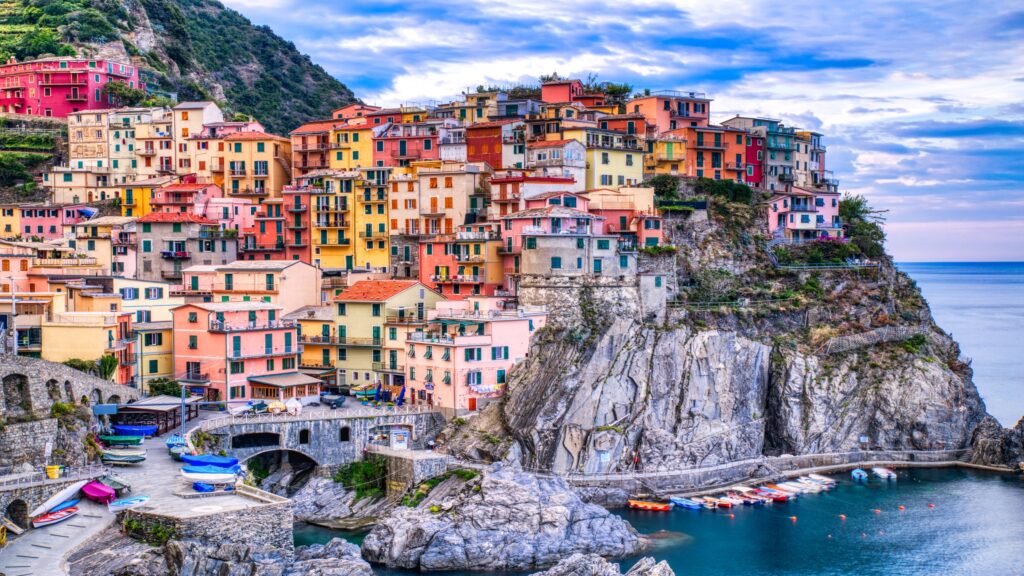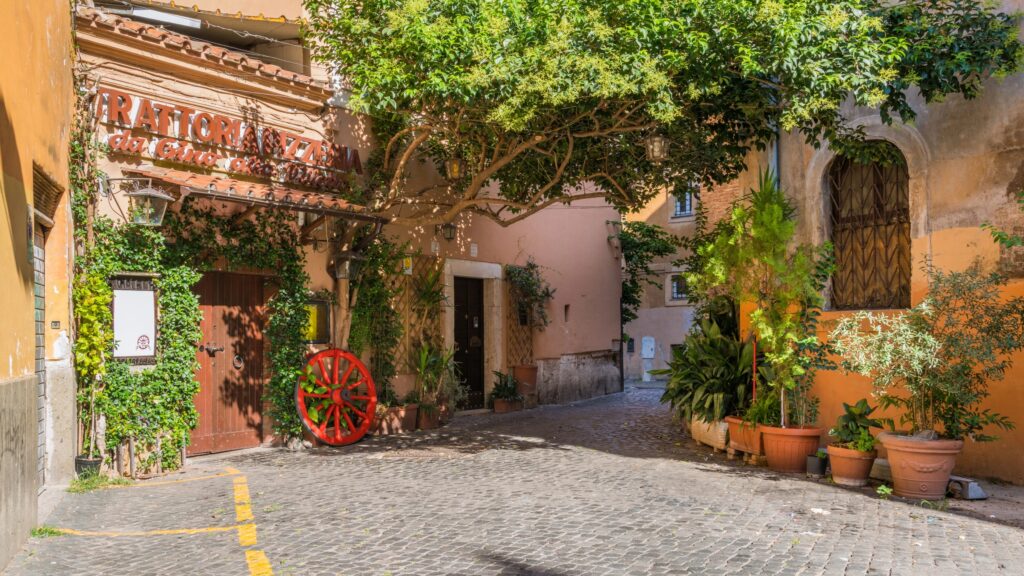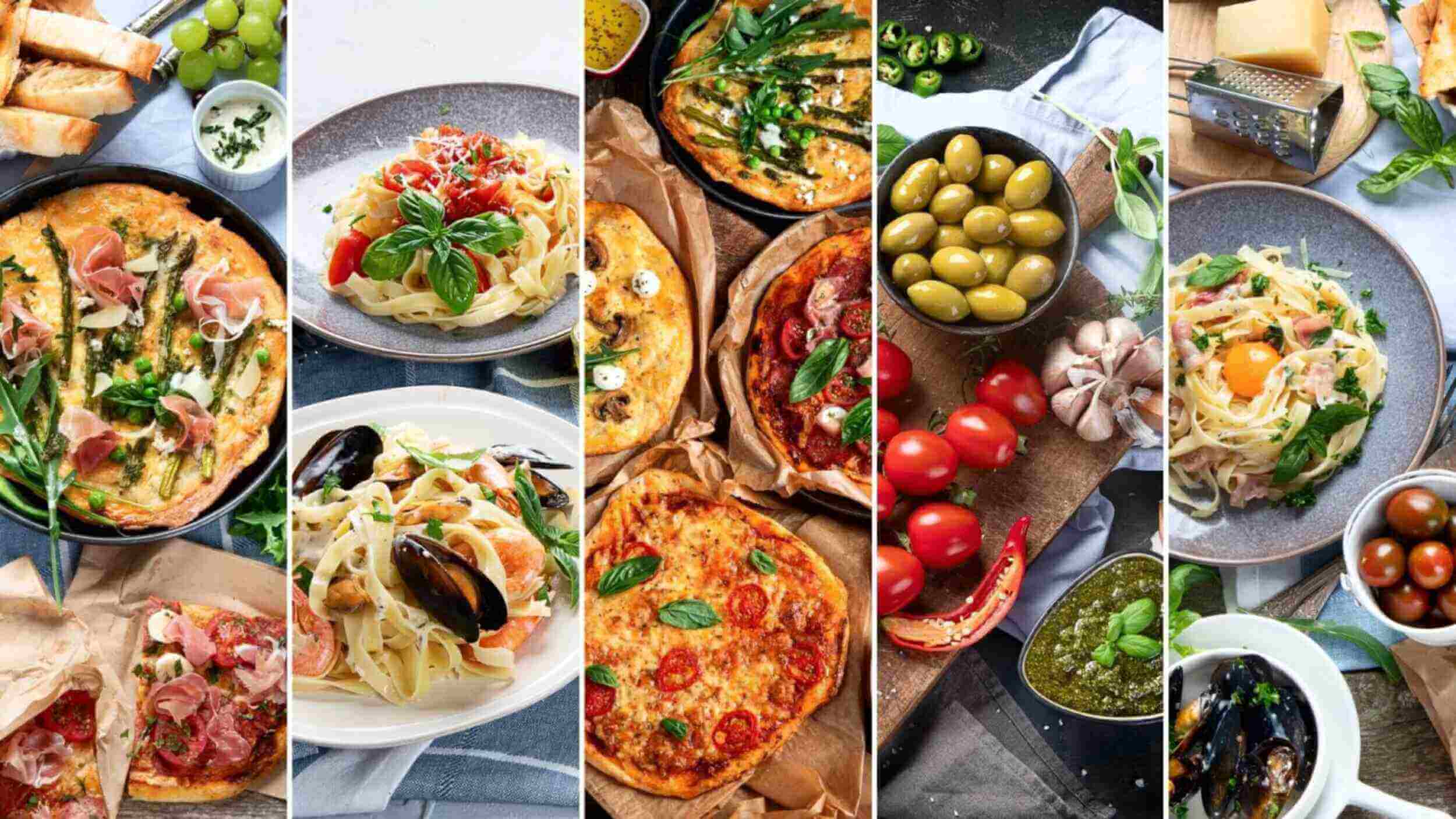
Italy Food Traditions: Discovering Local Gastronomic Treasures
Waking up in Tuscany’s rolling hills reveals authentic Italy food traditions firsthand. Small bakeries fill narrow lanes with intoxicating scents by dawn’s first light. Regular visitors quickly establish relationships with passionate local producers.
Street markets transform ordinary shopping into sensory adventures unlike anywhere else. Seasonal produce dictates what appears on family tables across villages and cities alike. Italy food traditions shine brightest when shopkeepers share preparation tips passed through countless generations.
Walking through Lucca’s ancient walls, I discovered family-operated salumerias where owners slice prosciutto with ceremonial precision. These encounters create lasting connections beyond simple transactions. Your conversations might begin hesitantly but will soon bloom into animated discussions about proper ingredient pairings.
Neighbourhood vendors recognise regulars instantly, often setting aside choice items before they’re displayed publicly. This relationship-based approach exemplifies Italy’s deeply personal food culture. Still today, many Italians visit multiple specialty shops rather than convenient supermarkets.
Local markets pulse with energy as grandmothers inspect produce with expert eyes. They’ll happily educate you about selecting perfectly ripe tomatoes if you show genuine interest. These interactions represent Italy food traditions that transcend language barriers completely.

Italian Coffee Culture Exploration
Historic Espresso Traditions Worth Visiting
Stepping inside Venice’s Caffè Florian feels like travelling through centuries of Italy food traditions. Baristas perform their craft with ballet-like precision every single morning. Regular customers barely speak their orders – their preferences remembered perfectly.
Early risers join locals at marble counters where proper coffee etiquette rules supreme. Tourists frequently commit cultural missteps without realizing their significance. Simply observing native Italians provides invaluable lessons about authentic consumption practices.
Historic establishments maintain preparation standards established generations earlier. Every movement reflects calculated efficiency perfected through decades of practice. Just watching master baristas work becomes a memorable cultural experience.
Coffee customs vary greatly between Rome and Milan even though they use the same basic methods. Northern preparations often feature slightly different roasting preferences. Locals appreciate these subtle regional distinctions with remarkable enthusiasm.
Authentic Coffee Houses Beyond Tourist Spots
Hidden behind Bologna’s university district, unassuming cafés serve Italy food traditions in liquid form. Understanding proper ordering etiquette enhances your experience immeasurably. Patrons typically enjoy espresso quickly while exchanging neighbourhood news.
Gilded mirrors reflect centuries of conversations in Florence’s traditional coffee houses. Elaborate interiors create atmospheric backdrops for daily social rituals. I noticed elderly gentlemen reading newspapers while sipping tiny cups with remarkable patience.
Local customers never order cappuccinos after breakfast hours – strictly morning drinks. Following this unwritten rule identifies you as culturally aware instantly. Unlike international chains, authentic establishments maintain these distinctive traditions proudly.
Skilled artisans behind the bar adjust preparations based on humidity levels. They’ll occasionally reject shots that don’t meet exacting standards. Particularly impressive is their commitment to consistent excellence regardless of customer volume.
Consider trying a refreshing shakerato during summer afternoons instead. This iced espresso variation offers welcome relief from Mediterranean heat. Various regional interpretations incorporate different sweetening approaches worth sampling.

Italy Food Traditions: Regional Specialties Guide
Unmissable Italy Food Traditions Delicacies
Wandering through Palermo’s vibrant markets reveals Sicily’s distinctive Italy food traditions firsthand. Vendors display seasonal treasures with artistic flair impossible to resist. Historical influences from Greek, Arab and Spanish cultures create unparalleled culinary diversity.
Local chefs transform humble ingredients into extraordinary dishes through techniques refined over centuries. While similar dishes exist nationwide, regional variations tell fascinating cultural stories. Your exploration should deliberately seek these subtle differences between neighbouring towns.
Seasonal celebrations bring special culinary traditions to Umbrian village squares. Harvest festivals showcase dishes unavailable during other calendar periods. Although industrial production exists, traditional artisanal methods still dominate authentic food culture.
Particular towns maintain fierce pride in their signature specialties despite globalisation. For instance, San Gimignano guards its saffron production methods zealously. Many locations celebrate dishes with origins dating back hundreds of years.
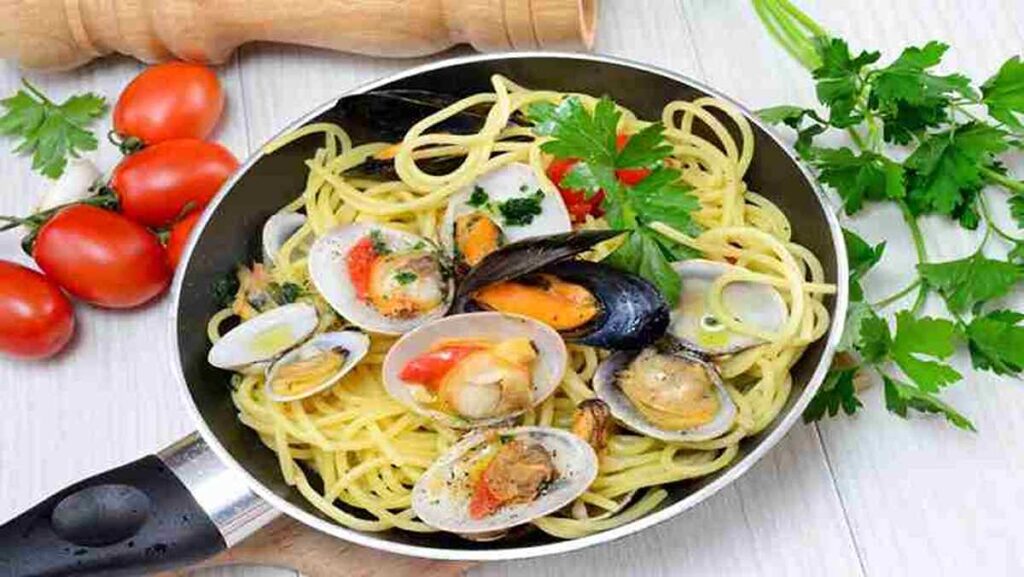
Distinctive Cooking Approaches Worth Experiencing
Ancient techniques flourish in Abruzzo’s mountain communities despite modern alternatives. Such preservation efforts maintain Italy food traditions against convenient shortcuts. Particularly remarkable is their dedication to slow-cooking methods requiring patience.
Family recipes pass through generations without written documentation. Daughters learn alongside mothers through direct observation and practice. I witnessed grandmother-granddaughter pairs making pasta with seamless coordination developed through years together.

Indigenous ingredients determine cooking approaches unique to specific microclimates. Physical geography shapes culinary traditions more than political boundaries. Different from standardised restaurant menus, these preparations celebrate seasonal availability wholeheartedly.
Cooking schedules align perfectly with agricultural rhythms throughout rural areas. Harvest periods trigger preservation activities across entire communities simultaneously. Long-established techniques transform temporary abundance into year-round provisions with remarkable efficiency.

Traditional Italian Dining Sequences
Visiting historic restaurants in Siena reveals proper Italy food traditions through deliberate pacing. Authentic meals unfold through carefully orchestrated course progressions lasting hours. Local families demonstrate remarkable patience seemingly forgotten elsewhere.
Proper dining experiences begin with thoughtfully selected antipasti arrangements. Tourists frequently misunderstand these offerings as main courses mistakenly. Understanding proper portion management enhances your overall enjoyment significantly.
Experienced servers orchestrate precise timing between course transitions naturally. They’ll never deliver primi and secondi simultaneously under any circumstances. Your dining rhythm should follow their expert guidance rather than personal habits.
Meal structures reflect deep cultural values regarding food appreciation. Proper course sequencing represents culinary wisdom accumulated through centuries. Even contemporary restaurants maintain these fundamental progression principles faithfully.
Mastering Traditional Course Arrangements
Family trattorias throughout Emilia-Romagna demonstrate ideal meal balancing techniques daily. Smart thinking decides the right food amounts for each part of the meal. Such traditions prevent overwhelming diners before meal completion.
Course progressions build flavour experiences systematically toward satisfying conclusions. Each serving prepares palates for subsequent dishes deliberately. Particularly brilliant is how complementary flavours create cohesive experiences across separate courses.
Knowledgeable sommeliers enhance traditional meals through thoughtful wine pairings. Regional wine selections amplify local culinary traditions beautifully. Although personal preferences matter, classical combinations often provide optimal experiences.
Sweet conclusions arrive only after proper savoury course completion naturally. Espresso service follows dessert rather than accompanying it. Unlike American customs, Italian traditions maintain strict separation between these elements.

Mastering Traditional Course Arrangements
Contemporary Food Practices Across Italy
Exploring Turin’s elegant districts reveals modern interpretations of Italy food traditions everywhere. Renaissance-era customs blend with contemporary sensibilities seamlessly today. Certainly proper etiquette remains fundamental despite evolving presentations.
Today’s menus honour traditional structures while incorporating international influences tastefully. Creative chefs reimagine classic dishes without abandoning fundamental principles. Your dining experiences might surprise you with unexpected interpretations.
Professional staff guide visitors through appropriate course selection naturally. They suggest suitable progression strategies based on selections. Simultaneously they maintain formal service standards without becoming intrusive.
Social gatherings continue following established protocols despite modern circumstances. Proper mealtime etiquette remains essential across generations consistently. Good thinking about what hosts value always comes before strict rule following.
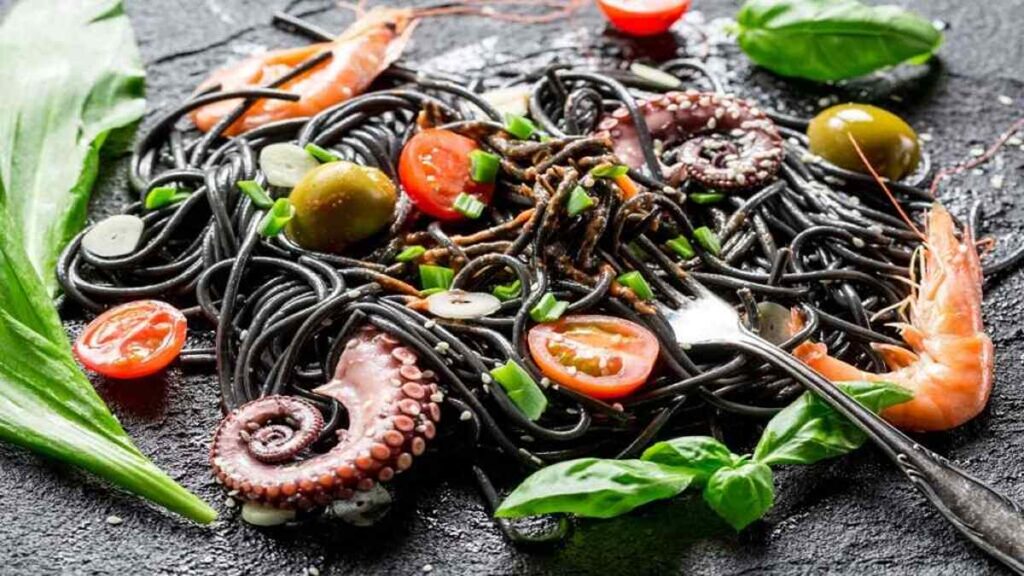
Navigating Modern Restaurant Expectations
New restaurants in Naples blend old ways with new ideas well. Knowing the unwritten rules makes your visit much better. This knowledge helps you handle today’s dining places with confidence.
Current trends incorporate global influences without abandoning Italy food traditions. Restaurant experiences feel simultaneously progressive and authentically Italian. Particularly interesting is observing how traditions adapt to changing lifestyles creatively.
Service standards maintain essential elements despite modernisation everywhere. Proper pacing remains crucial regardless of establishment type. Although presentation styles evolve, fundamental service principles remain remarkably consistent.
Evening meals still follow traditional timing throughout most regions. Restaurants rarely begin dinner service before eight o’clock normally. In comparison with lunch service, dinner experiences tend toward lengthier, formal affairs.

Italy Food Traditions: Authentic Home Cooking Insights
Family Recipe Preservation Methods
Visiting friends in Puglia reveals how Italy food traditions thrive in private homes. Extended families gather faithfully for Sunday meals lasting entire afternoons. Children absorb cultural values through these weekly culinary ceremonies naturally.
Cherished recipes transfer between generations through practical demonstration primarily. Basic techniques maintain consistency while allowing personal interpretation. Your observations will reveal how cooking becomes both preservation and personal expression.
Kitchen wisdom flows through demonstration rather than precise measurements typically. Proper pasta preparation relies on tactile feedback completely. Meanwhile younger generations learn to trust sensory evaluation through repeated practice.
Traditional pantries feature regional products from trusted local producers exclusively. Many families maintain relationships spanning decades with specific vendors. Young cooks gradually adopt these connections ensuring traditional continuity naturally.
Experiencing Authentic Home Cooking
Traditional kitchens in Friuli preserve cooking customs beyond restaurant experiences entirely. Understanding informal domestic rules provides deeper cultural insights. Such knowledge reveals how daily practices maintain heritage meaningfully.
Seasonal availability dictates home cooking throughout Italy’s diverse regions. Family meals reflect local agricultural cycles with remarkable consistency. Domestic menus adjust to market offerings rather than forcing unavailable ingredients.
Cherished tools passed through generations maintain traditional techniques effectively. Well-worn implements carry personal histories alongside practical functions. Although modern appliances assist, traditional tools remain irreplaceable components.
Family celebrations feature specific dishes appearing only during particular occasions. Special recipes emerge for holidays and significant life events. In contrast with restaurant dining, home cooking emphasizes deeply personal connections.
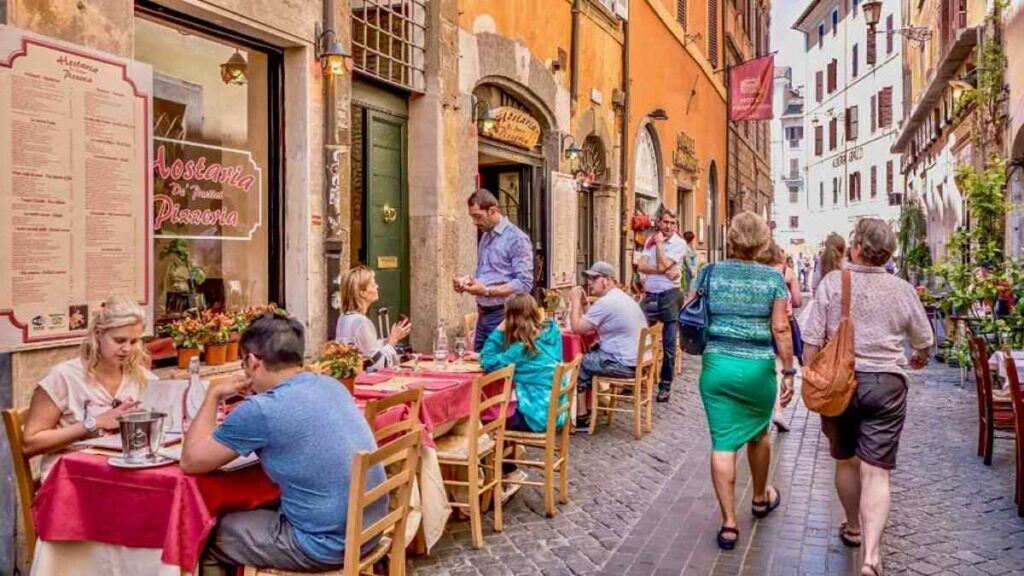
Restaurant Etiquette Guide
Understanding Italian Restaurant Protocols
Dining rooms across Florence demonstrate Italy food traditions through subtle service details. Understanding implicit expectations enhances visitor experiences significantly. Proper behaviour demonstrates cultural respect appreciated by staff.
Service rhythms follow established patterns allowing personalised experiences simultaneously. Courses arrive at measured intervals respecting proper progression. These approaches allow conversations to flow naturally without interruption.
Bill presentation occurs exclusively after specific customer requests always. Asking directly for “il conto” signals meal completion appropriately. Staff respect dining privacy until specifically requested otherwise.
Payment practices differ significantly from international standards frequently. Table charges appear as “coperto” covering bread and place settings. Additional gratuities remain optional though appreciated for exceptional service.
Navigating Local Dining Customs
Historic establishments in Verona observe traditional protocols consistently. Understanding local expectations prevents awkward misunderstandings entirely. Such awareness enhances overall dining experiences significantly.
Service charges typically include bread and table settings automatically. These items appear on bills regardless of consumption. Most international visitors find this practice surprising initially.
New restaurants mix old ways with new payment methods. Electronic payments coexist alongside cash traditions comfortably. Despite technological advances, fundamental service principles remain unchanged.
Traditional pacing shapes authentic dining experiences throughout Italy. Rushing through courses contradicts fundamental cultural values completely. Unlike fast-food cultures, Italian dining celebrates deliberate enjoyment universally.
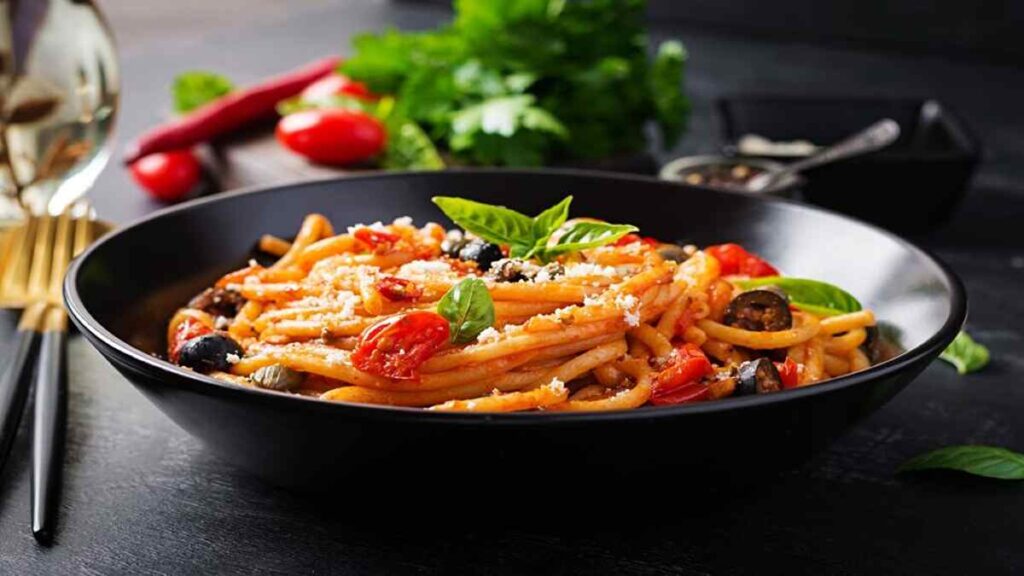
Italy Food Traditions: Regional Pasta Exploration
Traditional Pasta Crafting Techniques
Artisan workshops in Calabria demonstrate Italy food traditions through handcrafted pasta daily. Skilled practitioners shape regional varieties with remarkable dexterity. Master pasta makers maintain techniques unchanged for centuries.
Fresh pasta production requires marble surfaces for optimal texture development. Handcrafted varieties deliver superior qualities impossible through mechanisation. These approaches maintain distinctive characteristics lost in mass production.
Regional flours create significant differences between northern and southern varieties. Soft wheat makes light egg pasta all through northern areas. Southern regions prefer harder durum wheat creating distinctive textural qualities.
Traditional shapes correspond directly with regional sauce characteristics purposefully. Specific forms capture sauces according to historical wisdom. Even modern kitchens respect these established combinations for optimal results.
Discovering Italy’s Pasta Heritage
Traditional producers in Bari follow methodical production protocols rigorously. Drying techniques vary according to climate conditions precisely. Such approaches ensure perfect texture development consistently.
Ancient methods guide production processes throughout family-operated workshops. Generations of accumulated wisdom influence every preparation step. Particularly fascinating is observing weather-based adjustments made instinctively.
Regional sauces pair with specific shapes through centuries of culinary evolution. These combinations represent perfected relationships between form and function. Although creative variations exist, traditional pairings deliver superior experiences.
Local areas show pride in their own special pasta types across the country.Each variation serves specific culinary purposes intentionally. In contrast with industrial uniformity, artisanal varieties maintain unique regional identities.
Embracing Italy’s Authentic Food Culture
Immersing yourself in Italy food traditions transforms ordinary travel into cultural discovery. Understanding authentic customs creates meaningful connections beyond typical tourism. Without question, culinary knowledge enriches every Italian journey immeasurably.

